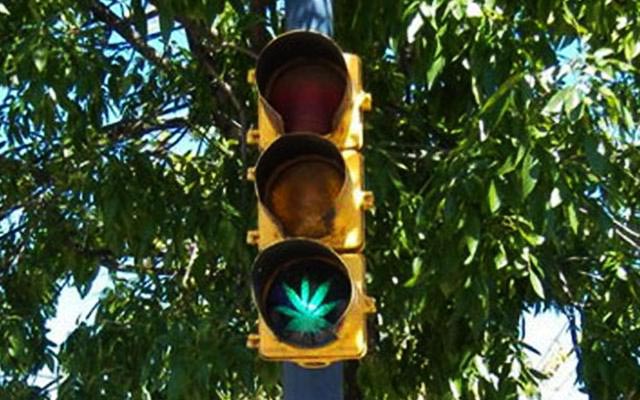
Cannabis and Driving: Smoking and Driving, Maybe!
According to a recent study, cannabis does not significantly affect your ability to drive. However, the cannabis used here became known for its significant levels of CBD compounds. In addition, the study also comes to the conclusion that exceeding the legal THC limit values could have minimal effects on vital functions.
This is the result of a Swiss pilot study with a sample of 33 people. The participants consumed 500 mg of tobacco along with 500 mg of placebo or 500 mg of cannabis, which contained 0.9 percent THC and 16.6 percent CBD. The placebo used Knaster hemp, a herbal hemp flavor that is free of nicotine and cannabinoids. After ingestion, study participants underwent DUI tests that were common to both groups. The participants included 14 women and 19 men between the ages of 19 and 31. Then they flipped a coin and consumed either the CBD-rich cannabis or the placebo, depending on the result. The exercise was repeated after a period of 7 to 14 days, reversing the choice between cannabis and placebo.
The results of tests conducted to understand the effects of cannabis on driving have been divided into three categories through statistical analysis:
- Placebo vs. cannabis
- First attempt vs second
- Women vs men
Photo of Edward Jenner, Courtesy of Pexels
In addition to the mere recording of vital parameters, the study also included psychological examinations. There were three separate tests with the specific aim of determining their attitudes towards road safety and the ability of the participants to drive. The tests can be described as reliable in assessing their decision-making ability. It actually consisted of the following measurements:
- Determination assessment provides information about the ability to react to complex stimuli
- A reaction test
- And a cognitrone assessment gives us information about the participant’s ability to differentiate between geometric figures
Reaction evaluation test
The first test put the participant in an obviously stressful situation. The high frequency of stimuli ultimately leads to the inability to respond appropriately. The mentioned facets of the tests helped the researchers to increase the behavior of the participants under different psychophysical stress levels. According to the data available, there were “no significant differences in comparison between CBD and placebo use, between male and female participants, or between the first and second studies”.
An in-depth study of fitness to drive was made possible by performing three individual and standard reaction tests that measure coordination and balance. These tests are often used by drug detection professionals. Medical staff working on behalf of the police use them in Switzerland to assess neurological deficiencies as a result of poisoning and / or drug abuse with suspected impairment of driving ability.
The results of the equilibrium and internal clock tests were within the normal range. However, there was a distinct difference between the CBD and placebo tests. The finger-to-nose tests were also carried out regularly, with only one test participant not touching the tip of his nose twice. However, the researchers found that the left-right-left-right-right-left alternating arm exercise was more likely to be misperformed. The CBD group failed three times while the placebo group failed twice.
The final reaction assessment exercise, the walk-and-turn test, resulted in all participants successfully completing the required hop-around and heel-to-toe activities. The present discrepancies, ie the 19 tests with the wrong number of steps, were evenly distributed between the CBD and placebo groups.
 Photo of Lukas Rychvalsky, Courtesy of Pexels
Photo of Lukas Rychvalsky, Courtesy of Pexels
Cognitrone test to determine the effects of cannabis on driving a car
The results of the Cognitrone test were similar. The subjects were asked to compare a particular geometric figure with four others. Here, too, there were no significant differences between the three analysis categories mentioned.
The research found that there were no significant differences in behavior, blood pressure, mood, orientation, psychomotor skills, and language. The researchers concluded that CBD had no effects on vital functions. The finding should be taken into account, as all participants had higher THC levels in their blood than legally permitted. The concentration of free THC usually leads to impaired activity. The researchers in the current study attributed the lack of these to “higher concentrations of CBD” which “cause a negative allosteric effect in the endocannabinoid system that prevents the formation of such symptoms”.
However, the researchers remained firm on the advice not to drive until several hours had passed since smoking cannabis. It is necessary due to legal restrictions on THC levels in the blood.
What do you think of using cannabis and then driving? Have you ever driven a car right after smoking cannabis? Do you think smoking cannabis can affect judgment while driving? Do share your thoughts here in the comments below. And for the latest updates, don’t forget to follow us @cannalifenet
Also, if you want to find out more about driving laws related to cannabis, read the following article:

Post a comment: